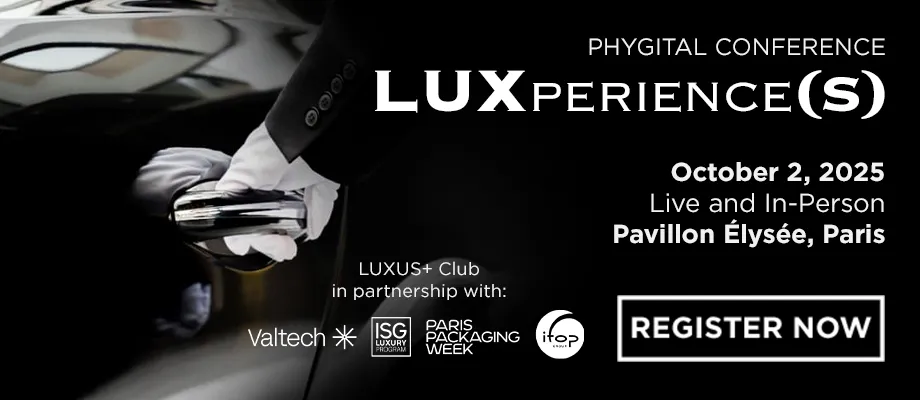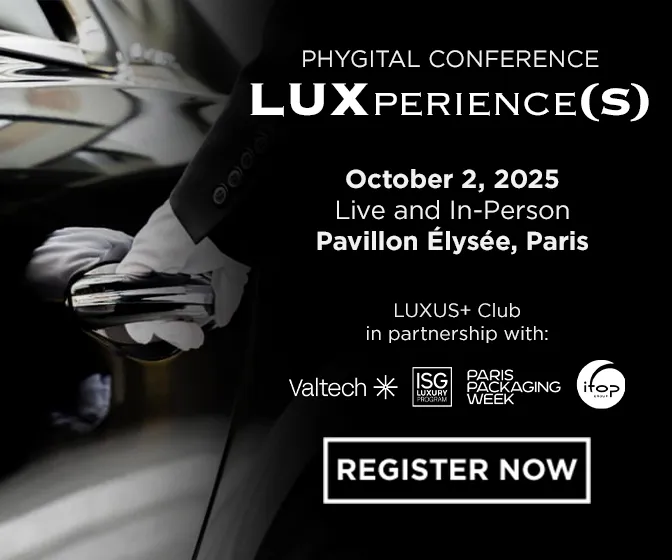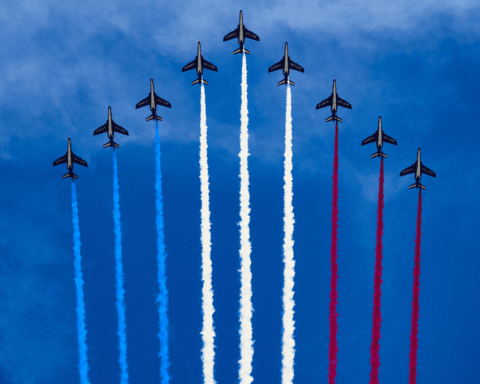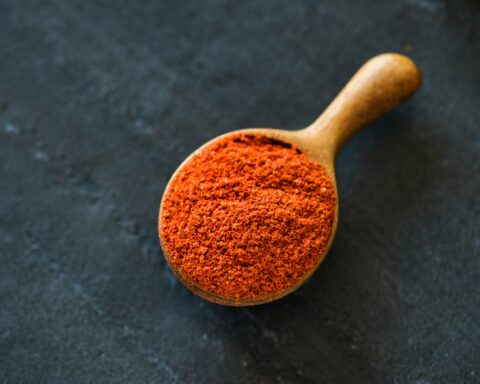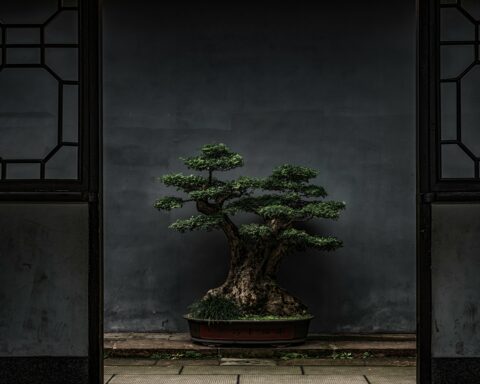On the occasion of the giant picnic to be held on the Champs-Élysées on May 26th, here is a brief history of the déjeuner sur l’herbe.
On Sunday, May 26th, more than 4,000 people will gather to picnic on the Champs-Élysées. The participants, who were selected by lottery on May 21st, will not need to bring their checkered tablecloths or prepare their sandwiches to visit the most beautiful avenue in the world. Picnic baskets will be distributed to all guests. To delight this immense gathering, 8 pop-up kitchens run by local restaurateurs have been mobilized. Based on a common set of specifications, these restaurateurs will offer their own take on picnic essentials such as the ham and butter sandwich.
On the occasion of this great event, let’s look back at the history of a gastronomic practice much appreciated by the French.

From the Middle Ages to the canvases of the Impressionists
Today, the picnic is synonymous with a nature escape and moments of conviviality around simple but comforting dishes. It is a moment of relaxation that offers a unique atmosphere.
The practice of déjeuner sur l’herbe itself dates back to the Middle Ages. Working in the fields, peasants would often take their meals outdoors. This was also true for the nobility during hunting parties or while traveling.
During the Renaissance, aristocrats kept this habit and enjoyed moments outdoors, like Queen Catherine de Medici, who occasionally had a table set in the middle of the Tuileries Gardens to entertain high society.
The term “picnic” finally appeared in the 18th century. The word “pique” comes from the verb “piquer,” meaning to pick or peck, and “nique” referred to a “little thing of no value.” In Les Confessions (1782) by Enlightenment philosopher Jean-Jacques Rousseau, he mentions a “dîner en pique-nique” with Abbé de Condillac.
The popularity of outdoor meals reached its peak in the 19th century. After the French Revolution, former royal parks became gathering places to celebrate republican festivals. At the time of industrialization, these bucolic moments allowed people to reconnect with the pleasures of nature and became a favorite subject for Impressionist painters like Monet and his painting Le déjeuner sur l’herbe. Writers like Flaubert and Maupassant also documented this practice, bringing together ladies in crinolines and gentlemen in hats, and drew inspiration from it in their works.

The introduction of paid vacations further encouraged city dwellers to escape and enjoy the fresh air. With the advent of the railroad, travel became more frequent, and the picnic became a special moment. Picnic sets began to appear, ranging from the simplest to the most luxurious. Major leather goods brands soon started to create their own special picnic items. The leather goods maker Moynat created wicker basket models lined with gutta-percha, a natural, durable, and waterproof latex, while Louis Vuitton designed sturdy trunks with clever compartments for each utensil. Today, luxury houses continue to design picnic sets that are more elegant and sophisticated than ever.
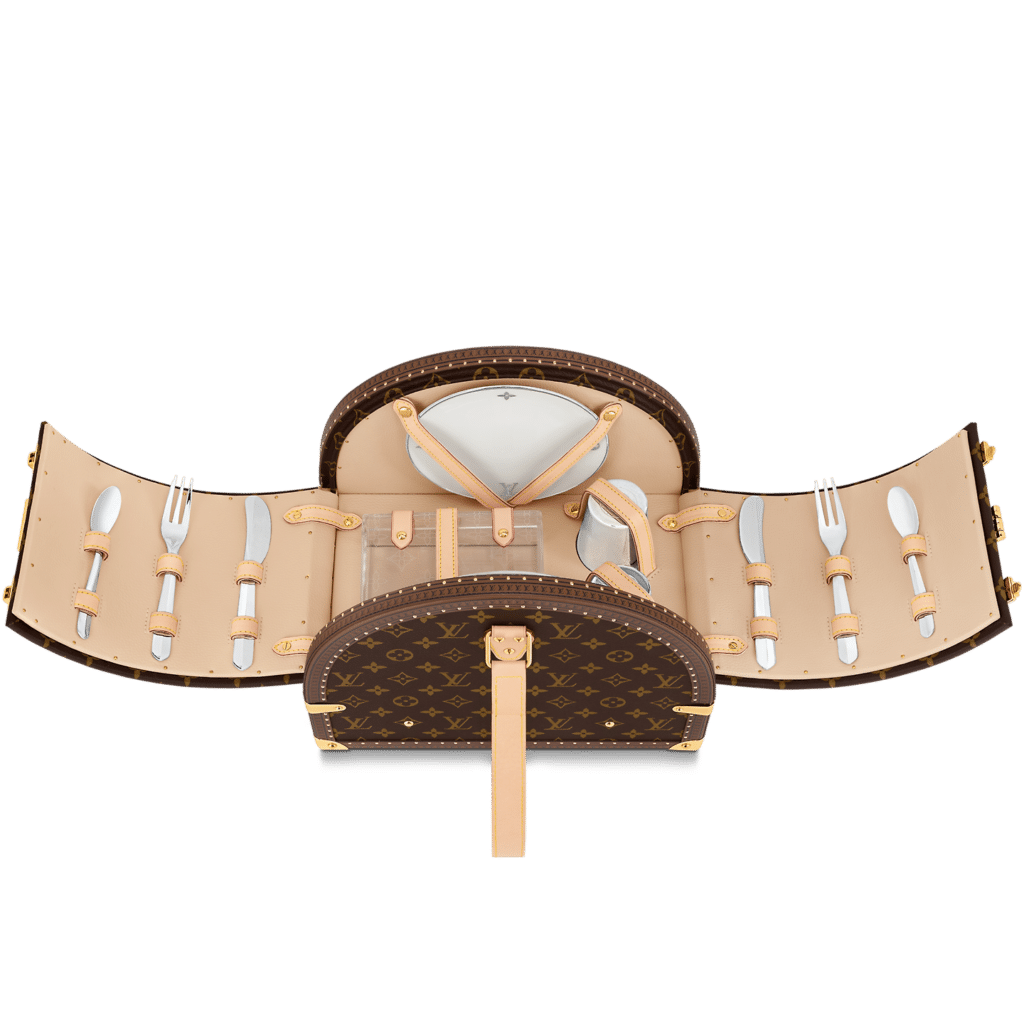
Read also>Les plus beaux hôtels des Baléares, luxe et 5 étoiles
Featured photo: © Le déjeuner sur l’herbe – Edouard Manet

